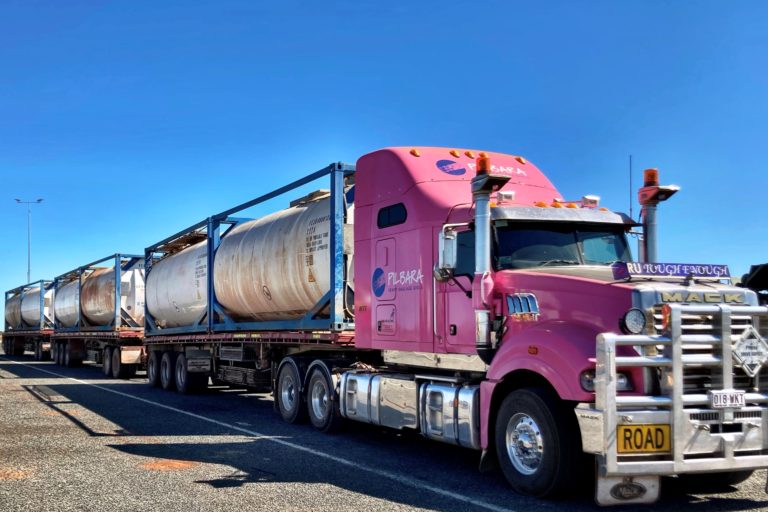By Neena Bhandari
Sydney, (IANS): While dining at the plush Oberoi Hotel in the Indian capital New Delhi, you probably didn’t know the hot tandoori chicken and naan on your platter was from an Australian-made oven. But Brisbane-based Beech Ovens that has been selling tandoori ovens to India is just one example of the growing economic ties between the two countries.
“The success of Australia’s long-term engagement with India will rely heavily on the commercial links built up by Australian businesses,” stressed Federal Minister for Trade Warren Truss Wednesday while delivering the Australia India Business Council (AIBC) Accor-Qantas India Independence Day speech on “Breaking new ground” in Adelaide.
Australia is committing significant resources to strengthening the bilateral relationship and the minister said he saw a future of great dynamism and ambition. “And I certainly think it is in both our interests to deepen our commercial and business links. An important development is that we are finalising discussions with India about a possible joint feasibility study for a bilateral Free Trade Agreement (FTA).”
India is now Australia’s fourth-largest goods export market next only to Japan, China and South Korea.
India also continues to be Australia’s fastest-growing major merchandise export market recording annual average growth of over 34 percent in the past five years. Besides, the value of Australia’s merchandise exports to India nearly quadrupled from 2002-03 to around AU$10 billion at the end of June 2007.
In 2006-07, India was Australia’s largest market for gold, second-largest market for coal and copper ore, and third-largest market for wool.
Last week, Australia has also agreed to allow the export of uranium to India, subject to strict conditions.
Truss said: “In Australia, the decision to supply uranium to India will create increased exports and jobs over the longer term. The industry already generates $658 million annually in exports, and India will be a large and growing market.”
As the burgeoning Indian middle class consumes more Western products, the minister said: “Australian wine industry wants to turn the micro wine market into a mass market.
The current level of wine consumption in India is equivalent to just two teaspoonfuls per person a year. For example, South Australia’s Bleasdale Wines has reportedly predicted that India will one day be its largest wine market.”
Truss, who visited India in March, has launched a three-year promotional and marketing campaign called Utsav Australia, which aims to raise awareness of Australian business and industry among the Indian business community.
On Wednesday, he launched www.utsav-australia.in, a website showcasing what Australia has on offer to Indian businesses.
The Utsav campaign will run promotions in sectors ranging from mining and resources to emerging areas like consumer retail, food and beverage and infrastructure, including infrastructure as part of the 2010 Commonwealth Games in New Delhi.
For example, Daryl Jackson Architects and an Indian partner have won the design consultancy for the 2010 Commonwealth Games village. And a consortium led by Melbourne’s Peddle Thorp Architects has won the contract to design two games venues-a badminton-squash stadium and a table tennis venue.
The AIBC is the peak body for promoting business links between Australia and India. Its membership has doubled in the past year as more and more Australian companies explore opportunities in the Indian market.
India-Australia relations have been marked by long periods of “unmet hopes and expectations” due to the constraints of Cold War, different strategic alignments and interests.
Historically, it was Australia’s second prime minister Alfred Deakin, who was one of the first Australian leaders to recognise the relevance of India and visited the subcontinent in 1890.
In 1893, Deakin wrote two books on India and declared that “Southern Asia” would shape Australian society and the Australian economy.
Truss said: “In that prediction, he was certainly ahead of his time. Today, however, our relationship is breaking new ground and giving substance to Deakin’s vision.”
© Copyright Neena Bhandari. All rights reserved. Republication, copying or using information from neenabhandari.com content is expressly prohibited without the permission of the writer and the media outlet syndicating or publishing the article.

